My horsey friend didn’t respond to my request for help on the drawing that is too hard; my horsey drawing student did, and we experienced a serious role reversal!
She offered detailed advice and supplied photos to help me understand the things that weren’t visible in my photo.
I followed her instructions as best as I could, and then decided I didn’t care if the horses were rideable or not, had 3 or 6 legs, or if they needed a veterinarian (or an eraser). When I couldn’t think of anything else to fix or change, I scanned it and sent it to her, saying that I’d listen if she had more suggestions that I’d listen but it would be after banging my head on the wall.
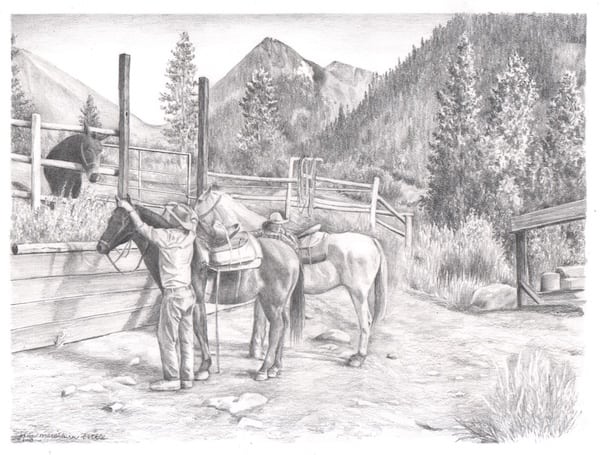
Here is what my horsey helpful drawing student/commission coach said:
“Instead of banging your head I think you should sit back with a cold drink and celebrate…this looks REALLY good. I think the recipient will be thrilled.
While I might have been able to offer suggestions, I definitely could not have drawn this, so my hat is off to you. Well done.”
Lessons are free for her in September when we resume classes.
Phew!!
P.S. Someone else saw the completed drawing and thought the mule’s ears were still too small. Bummer. The drawing is now at the framer, and I am DONE with it.
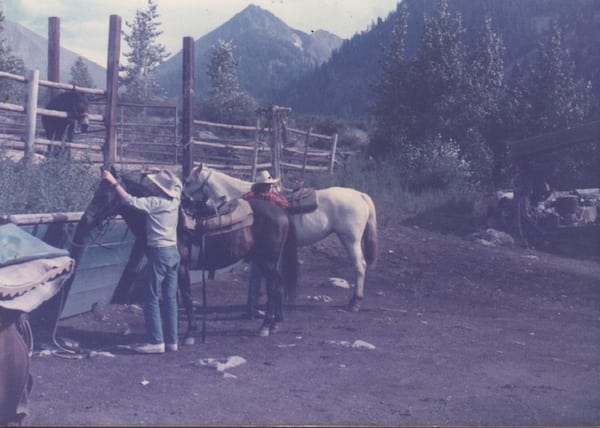
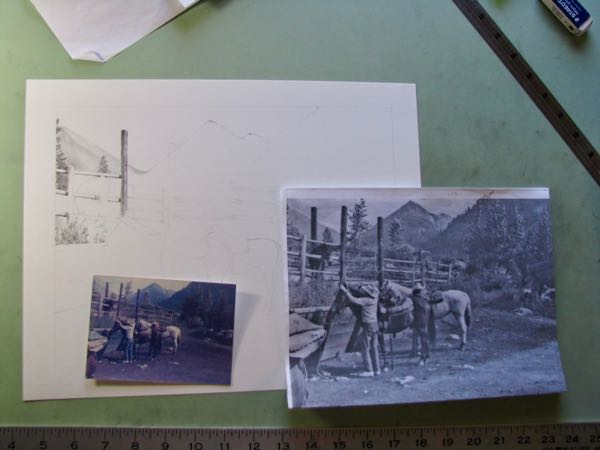
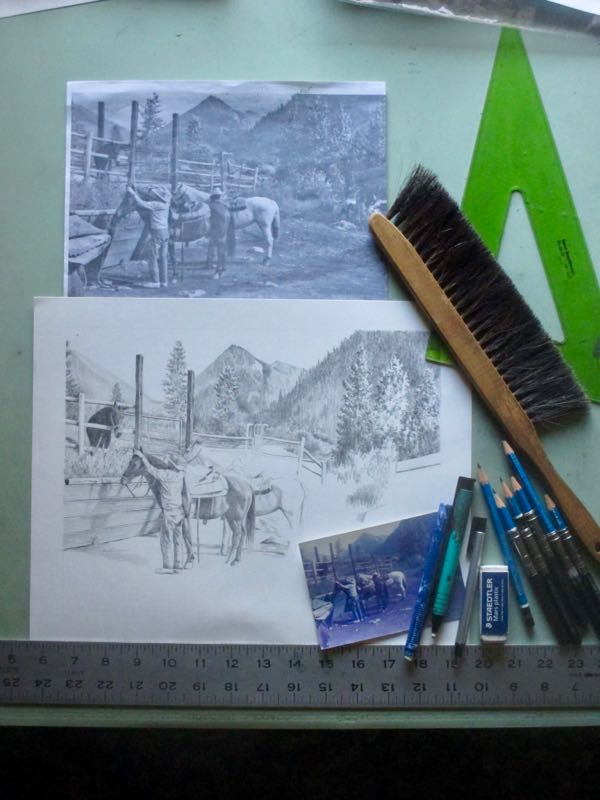
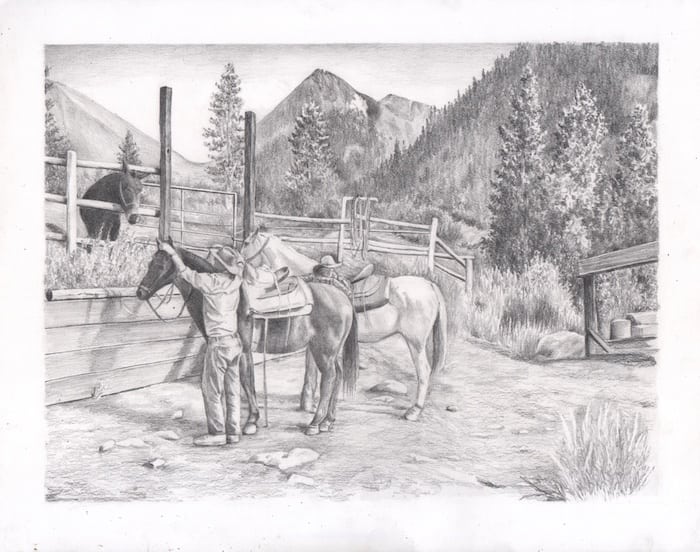
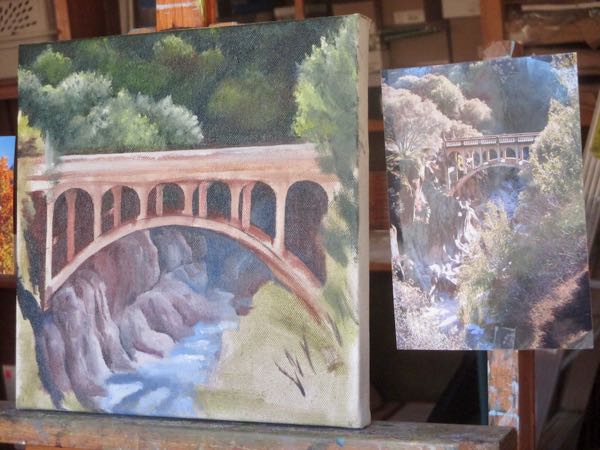
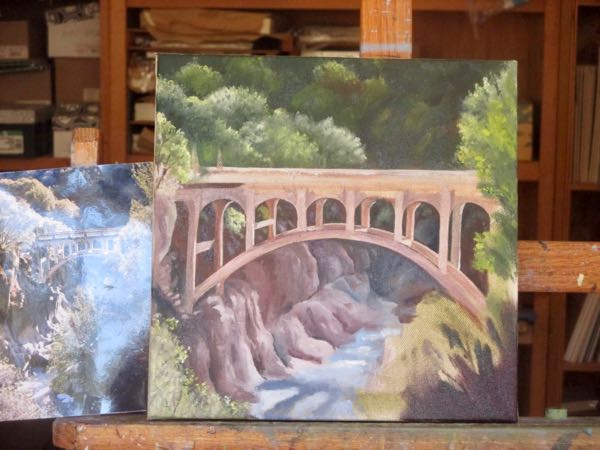
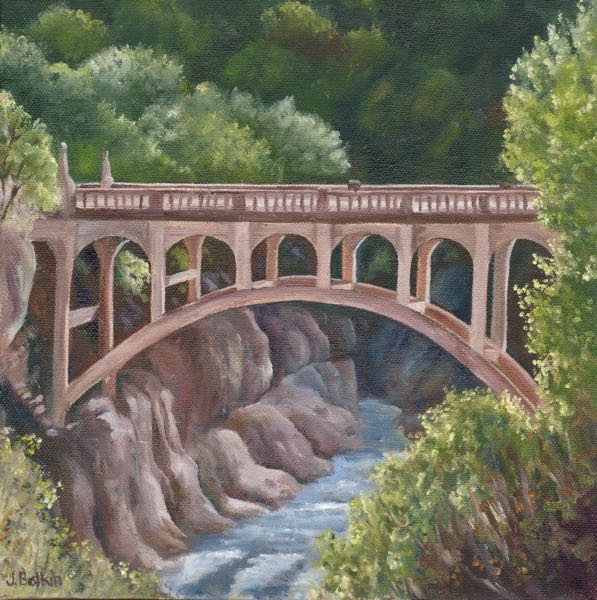
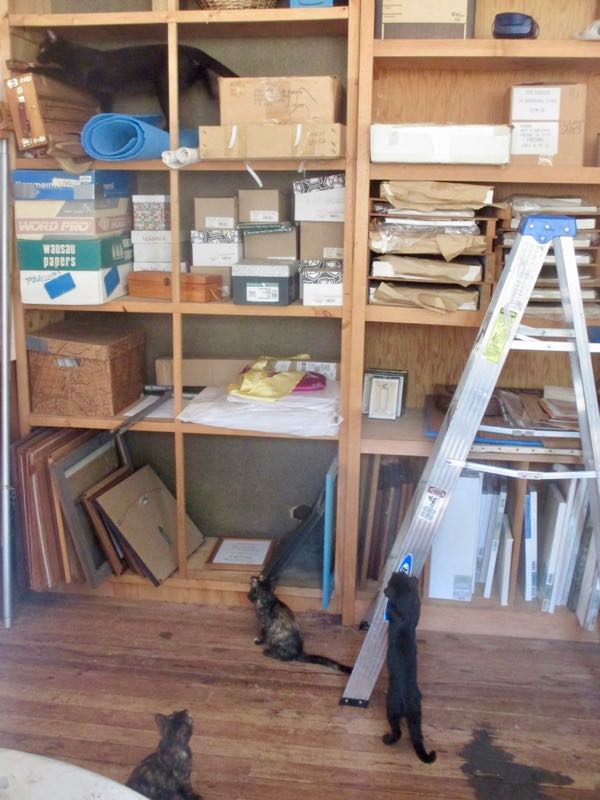
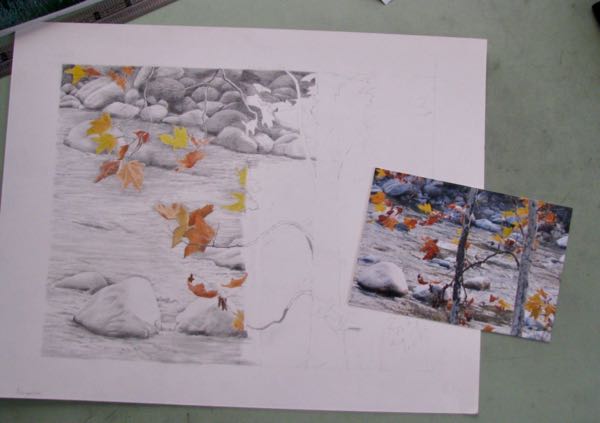
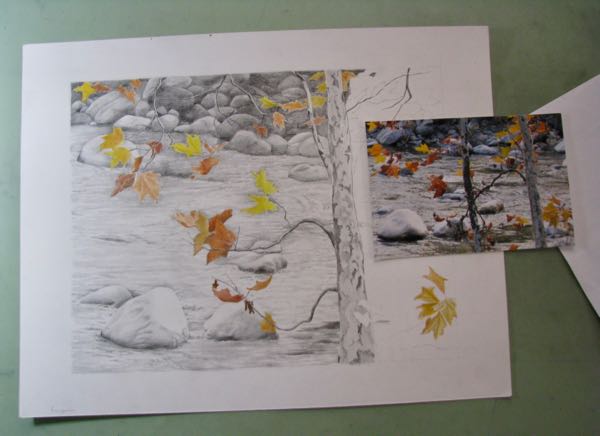
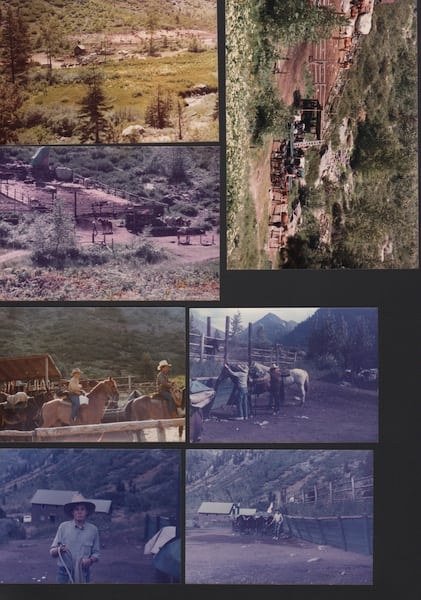
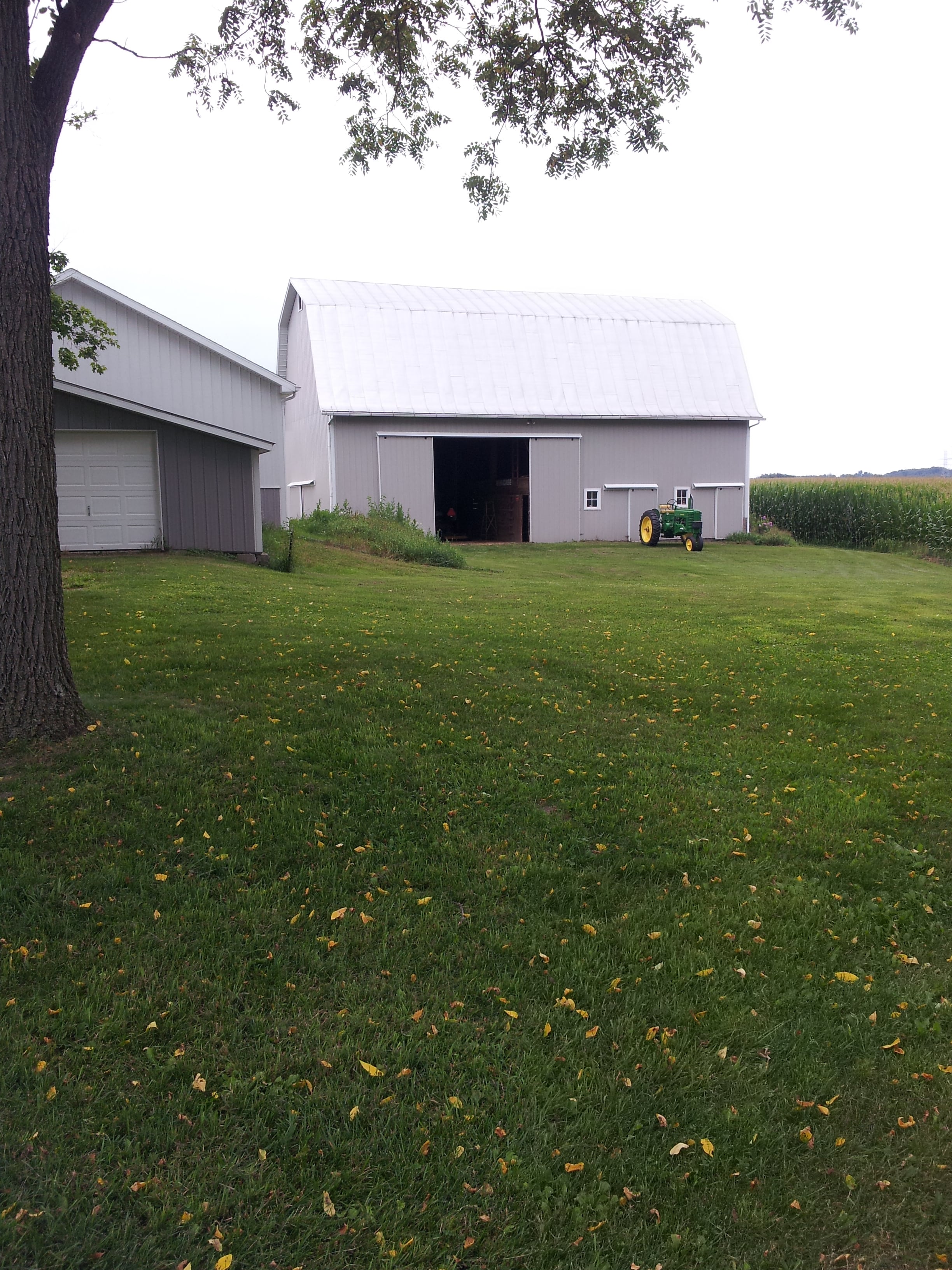
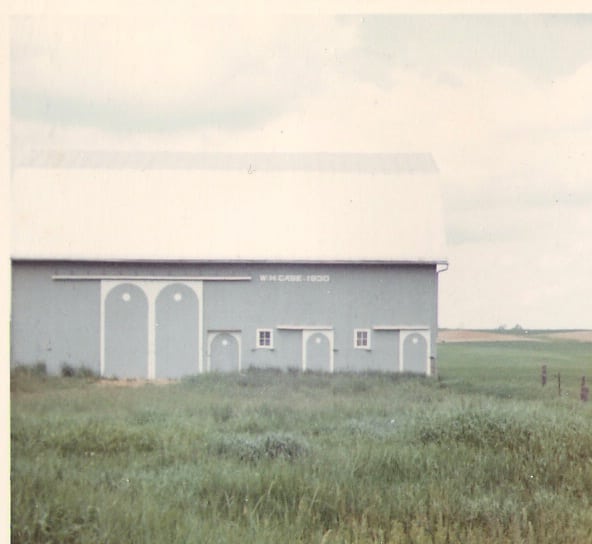
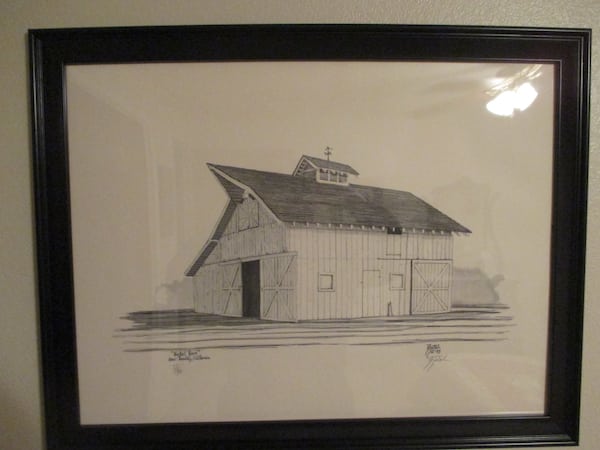
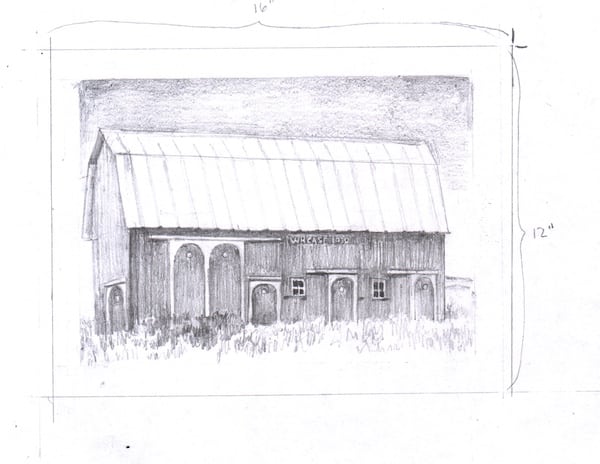
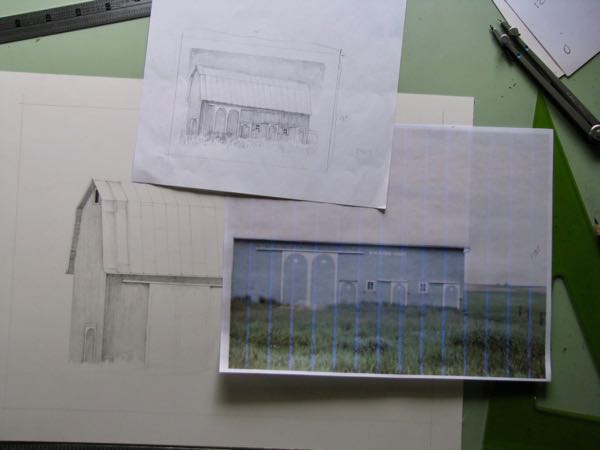
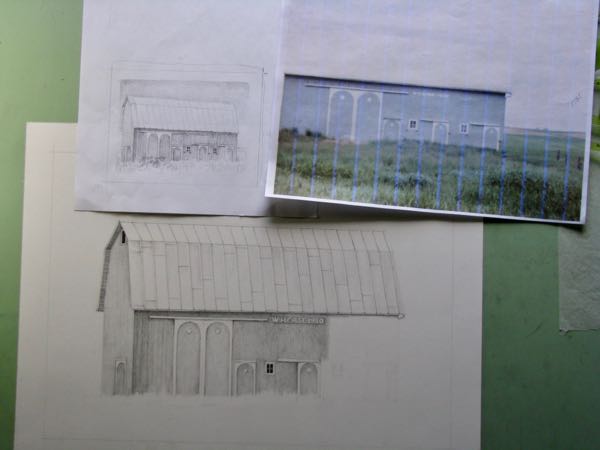
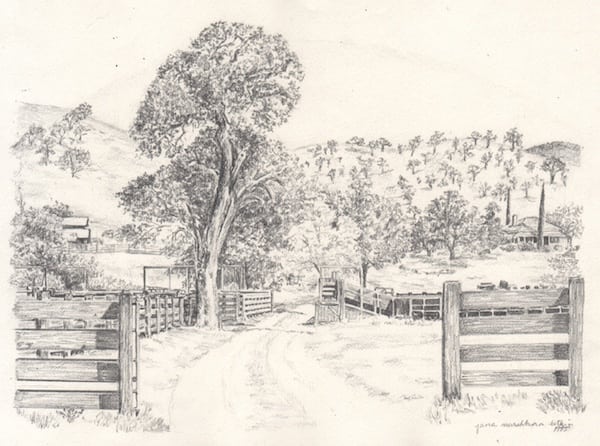
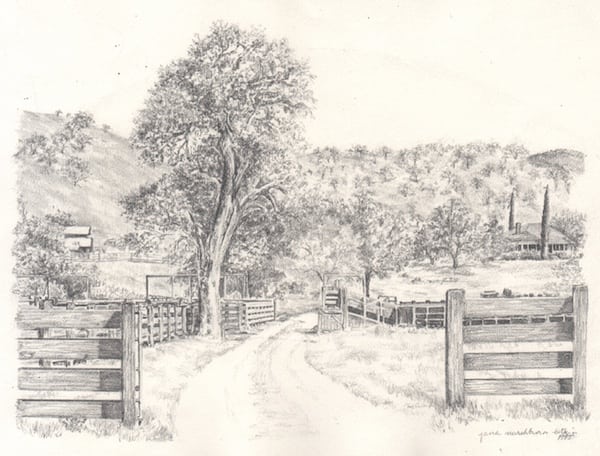
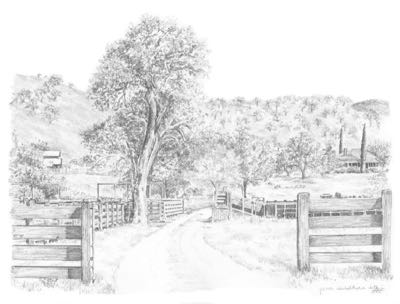
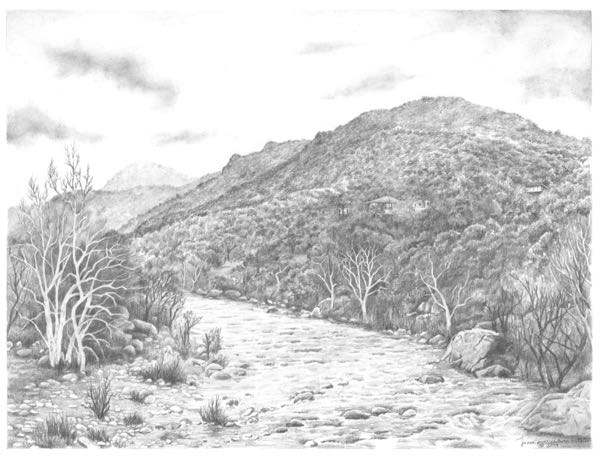
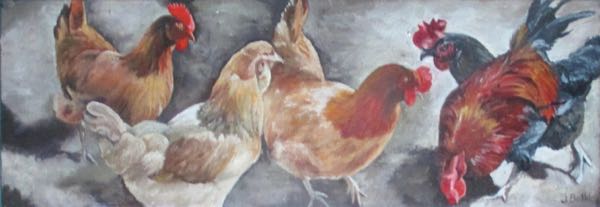
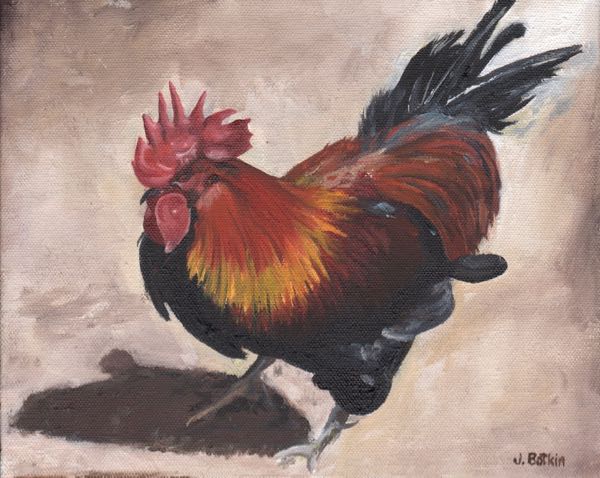
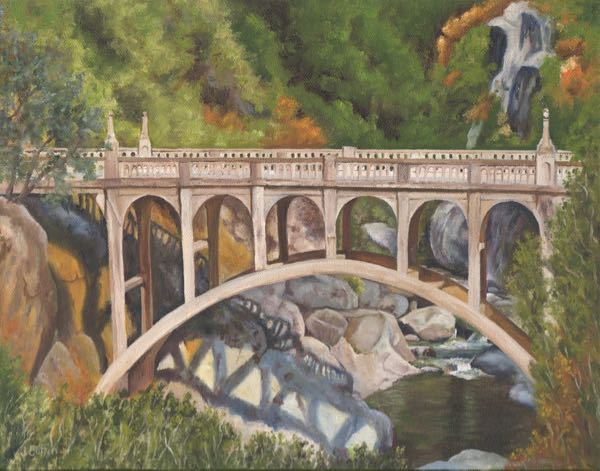
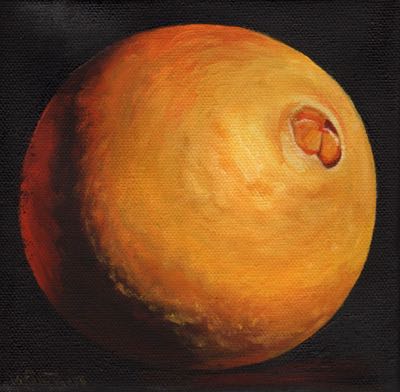
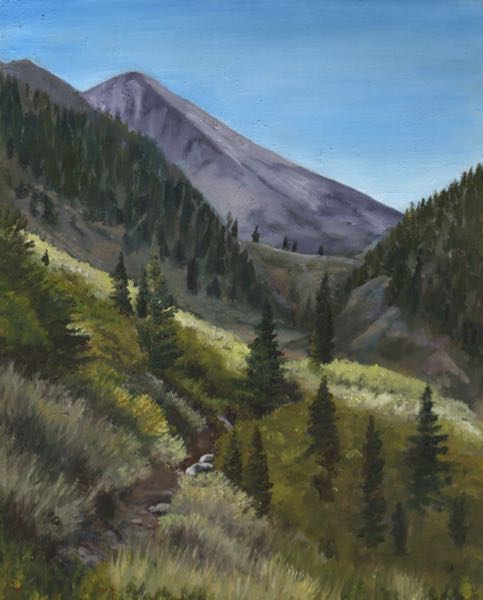
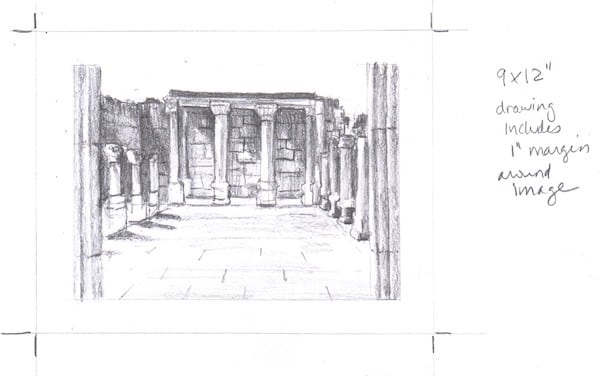
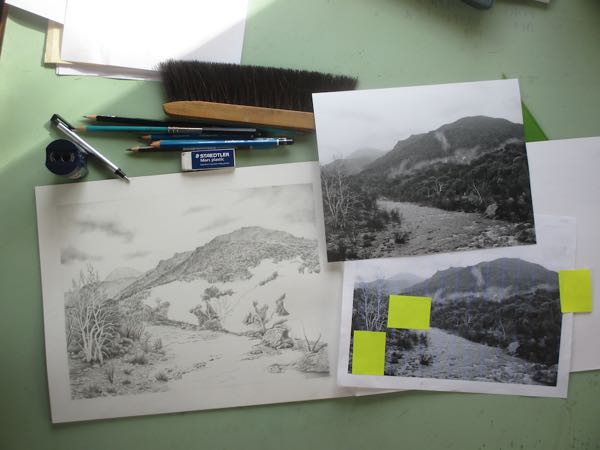
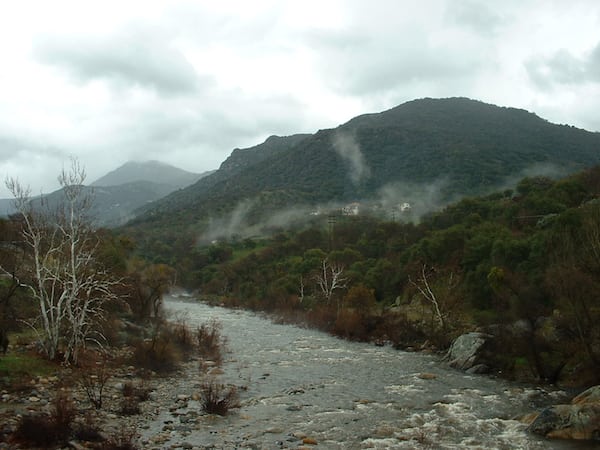 Nothing to see here, folks; just move on. . .
Nothing to see here, folks; just move on. . .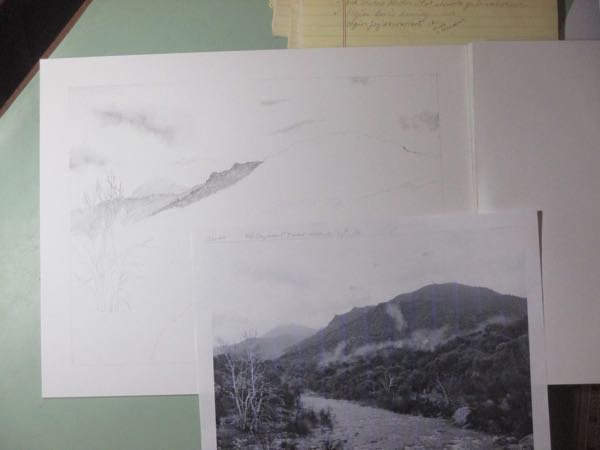
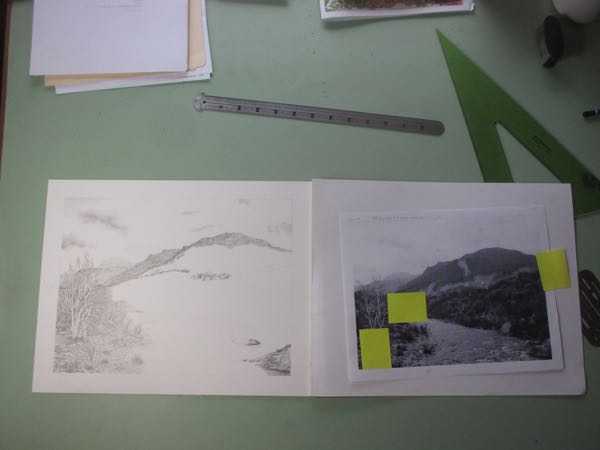
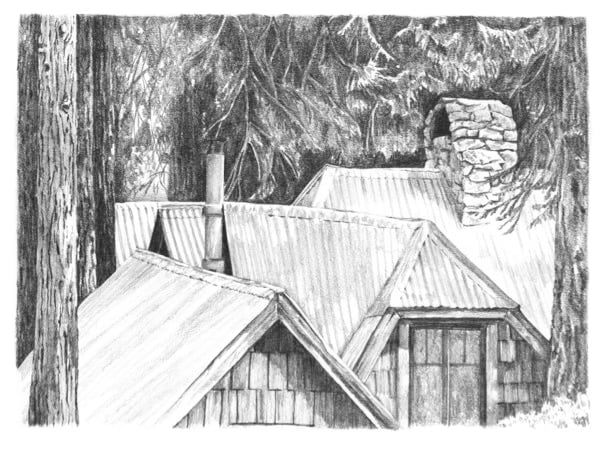
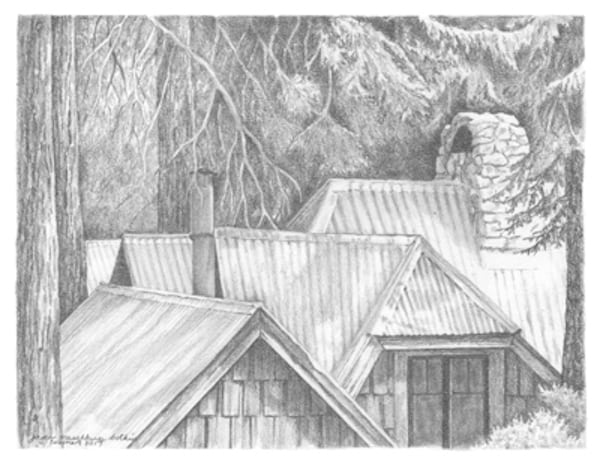 I am more confident that the roof angles are closer to reality this time, and I think it has tighter detail. I’m guessing that the shocking difference in darkness is due to the computer preparations required for printing in the book. It wasn’t that dark in person because my pencils aren’t that dark. It almost looks like ink to me! (Nope, not participating in Inktober.)
I am more confident that the roof angles are closer to reality this time, and I think it has tighter detail. I’m guessing that the shocking difference in darkness is due to the computer preparations required for printing in the book. It wasn’t that dark in person because my pencils aren’t that dark. It almost looks like ink to me! (Nope, not participating in Inktober.)